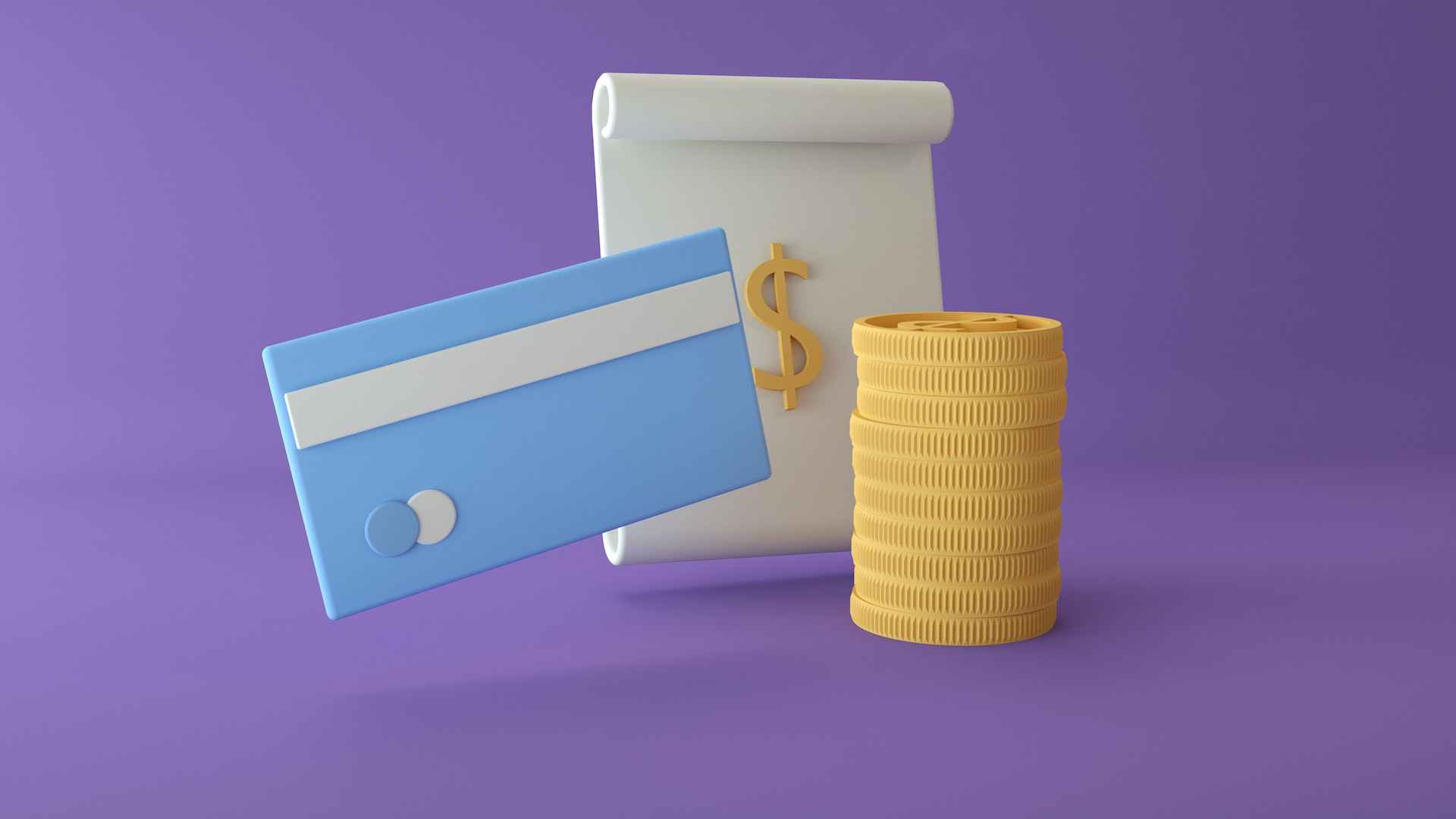Investment is currently undertaken by many people, not just attracting the older generation but also the younger one. Data from the Indonesian Central Securities Depository (KSEI) shows that by mid-2022, the number of stock investors in Indonesia reached 4 million people, dominated by investors under 40 years old, namely Gen Z and millennials.
There are various forms of investment, not just stocks but also gold, land, and many more. So, how can one invest correctly according to the intended goals?
To find out, let’s explore the explanations below!
What is Investment?

Investment is the activity of capital placement into an object, institution, or a party. The placed capital can be in the form of money or other valuable assets. Through investment, investors hope to gain profit after a certain period.
Typically, investment funds are managed by a third party, which can be an institution or organization. The profits are then distributed to investors as a return according to the agreement between the two parties.
Investments are usually made for medium to long-term periods so that the purchased assets have increased in value. However, not all investments can yield profits; each has its own risk of loss. Therefore, it is crucial for potential investors to thoroughly understand the type or instrument before starting to invest.
Investment Objectives
There are several objectives that investors can achieve through investment, including:
- Developing a business
- Earning additional income
- Creating and managing funds for specific purposes, such as emergency funds, education funds, marriage funds, and home down payments
- Achieving a more stable financial condition in the future
- Mitigating the impact of inflation
- Gaining business security
- Participating in nation-building
- Maintaining relationships between companies
Read more: 8 Investment Objectives You Need to Know
Benefits of Investment
When done correctly, investment can provide a myriad of benefits. Here are several benefits that can be obtained from investment:
1. Meeting future needs
Often, future needs are numerous and unexpected if not prepared well in advance. Investment can cover these surprises by starting to invest now so that when the investor needs funds in the future, the value has already increased.
2. Increasing assets
Another benefit of investment is increasing assets, especially in property investments such as land, apartments, or houses, which generally appreciate in value over time. However, it’s essential to note that the increase in asset value requires patience and a sufficiently long time.
3. Creating a frugal lifestyle
When someone invests, they automatically manage their expenses to ensure that funds for their investments are always fulfilled. Therefore, investors usually choose more economical goods and avoid buying unnecessary items.
4. Avoiding debt
Another benefit of investment is avoiding debt. With a frugal lifestyle, there’s a high chance of avoiding debt. Investors tend to avoid debt and choose a simpler lifestyle to improve their financial situation.
Investment Risks to Watch Out For

As mentioned earlier, each type or investment instrument has its own risks. Here are 7 investment risks to be aware of:
1. Market risk
Market risk is caused by fluctuations in Net Asset Value (NAV). The causes include changes in financial market sentiment, such as bonds and stock instruments. Various conditions can lead to market changes, such as riots, economic recessions, and speculation about political changes. Market risk cannot be avoided and will inevitably happen to investors regardless of their risk profile.
2. Inflation risk
Inflation is inevitable. In investment, inflation risk, also known as purchasing power risk, causes the current value of owned assets to decrease in the future. Inflation risk has the potential to harm people’s purchasing power towards investments due to the average increase in consumption prices. However, this risk is only faced by investors who hold cash or invest in instruments related to inflation.
3. Interest rate risk
Next is interest rate risk arising from the deterioration of the relative value of interest-bearing assets, such as loans or bonds, due to an increase in interest rates. Changes in interest rates will affect the return on investment. Generally, when interest rates rise, the price of interest-bearing bonds falls, and vice versa.
4. Re-investment risk
Re-investment risk is the risk that income from financial assets will require investors to reinvest. When reinvesting, the likelihood is that the return will be lower.
5. Country risk
Also known as political risk, this risk refers to the political situation and conditions of a country, such as changes in legislation that affect the economy in general or investments in particular. In extreme cases, changes in legal provisions can lead to the loss of invested funds. Therefore, before investing, especially abroad, investors should consider the local political conditions.
6. Foreign exchange or currency exchange risk
Next is foreign exchange (forex) risk due to changes in currency exchange rates in the market. This change usually does not match expectations when foreign currency values are converted into domestic currency.
7. Liquidity risk
Finally, liquidity risk is caused by difficulties in providing cash within a specific period. For example, A cannot pay its obligations in cash when they are due. Although he has many assets to pay off his debt, if they cannot be liquidated in cash, the assets are not liquid. This risk is usually faced by emerging or small-volume markets and is related to the acceleration of securities issued by companies that can be traded on the secondary market.
Read more: 5 Popular and Profitable Investment Types
Types of Investments
Broadly, types of investments can be divided into two categories: based on instruments and based on timeframes. Here’s a more detailed explanation.
Investment Types Based on Timeframes
There are two types of investments based on timeframes: short-term and long-term.
1. Short-term Investments
Short-term investments allow investors to get returns in less than three years. Generally, these investments can also be converted into cash. The drawback is that the return on investment is smaller, making it more suitable for meeting short-term needs. Examples of short-term investments include short-term bonds, deposits, and the stock market.
Read Also: 10 Profitable Short-Term Investment Types
2. Long-term Investments
Conversely, long-term investments are those whose returns can only be felt after more than three years, ranging from five, ten, to several decades in the future. The returns are also undoubtedly greater than short-term investments. This type of investment is suitable for needs such as education funds, marriage, retirement, and others. Examples of long-term investments include stock investments and gold investments.
Read Also: 10 Examples of Long-Term Investments and Their Meanings
Investment Types Based on Instruments
For investments based on instruments, there are many types, including:
- Deposit Investments
- Cryptocurrency Investments
- Islamic Investments
- Bond Investments
- Foreign Exchange (Forex) Investments
- Mutual Fund Investments
- Stock Investments
- Gold Investments
- Property Investments
Safe Investment Practices
After understanding what investment is and its types, it’s essential to understand safe investment practices to avoid losses. Here’s a detailed explanation:
1. Understand the concept and risks of investment
First and foremost, every potential investor must understand the concept and risks of investment. Before investing capital, read and understand thoroughly. Potential investors can also ask more experienced individuals or other investors. Remember, each type of investment has its own risks. So, don’t hesitate to ask to make the best decision and avoid regrets later.
2. Set clear financial goals
Before investing, determine clear goals, such as for education funds, retirement, or marriage. This will determine whether to invest in the short or long term. Besides, potential investors will find it easier to determine investment positions, meaning how much to invest each month.
3. Determine the investment instrument
Next, determine the investment instrument according to individual risks and objectives. In some modern investment apps, potential investors can fill out a questionnaire to understand their risk profile. An example of a risk profile is a conservative investor who prefers stable investments and dislikes investment value fluctuations. Then there’s the moderate investor who is still tolerant of price fluctuations and is satisfied when their investment grows beyond inflation and bank deposits. Lastly, there’s the aggressive investor who is ready to take the risk of losing capital, comfortable with sharp price fluctuations because they want their investment value to multiply.
4. Open an investment account
After determining the desired investment instrument, immediately open an investment account with financial institutions such as securities companies, investment management companies, or online applications. Prepare identification cards, bank account numbers, tax identification numbers (NPWP), and other necessary requirements. Also, prepare the initial capital you want to invest. Now, investors can start investing with an initial capital of only IDR 100,000.
5. Discipline in investing
This is the challenge faced when someone invests: discipline. To achieve investment goals, investors must regularly invest a certain amount at regular intervals. So, prepare the necessary money or assets, ensure everything is ready every month, and avoid financial temptations. It’s also advisable for investors to invest with “cold” money, not money used for daily needs.
That’s the explanation of investment types to safe investment practices. A good investor ideally meets financial readiness indicators, such as having a non-deficit financial condition, debt installment burdens not exceeding 30% of monthly regular income, and having a minimum emergency fund of 30% of the ideal emergency fund target. Think carefully before investing to choose the right investment and achieve the expected results.



